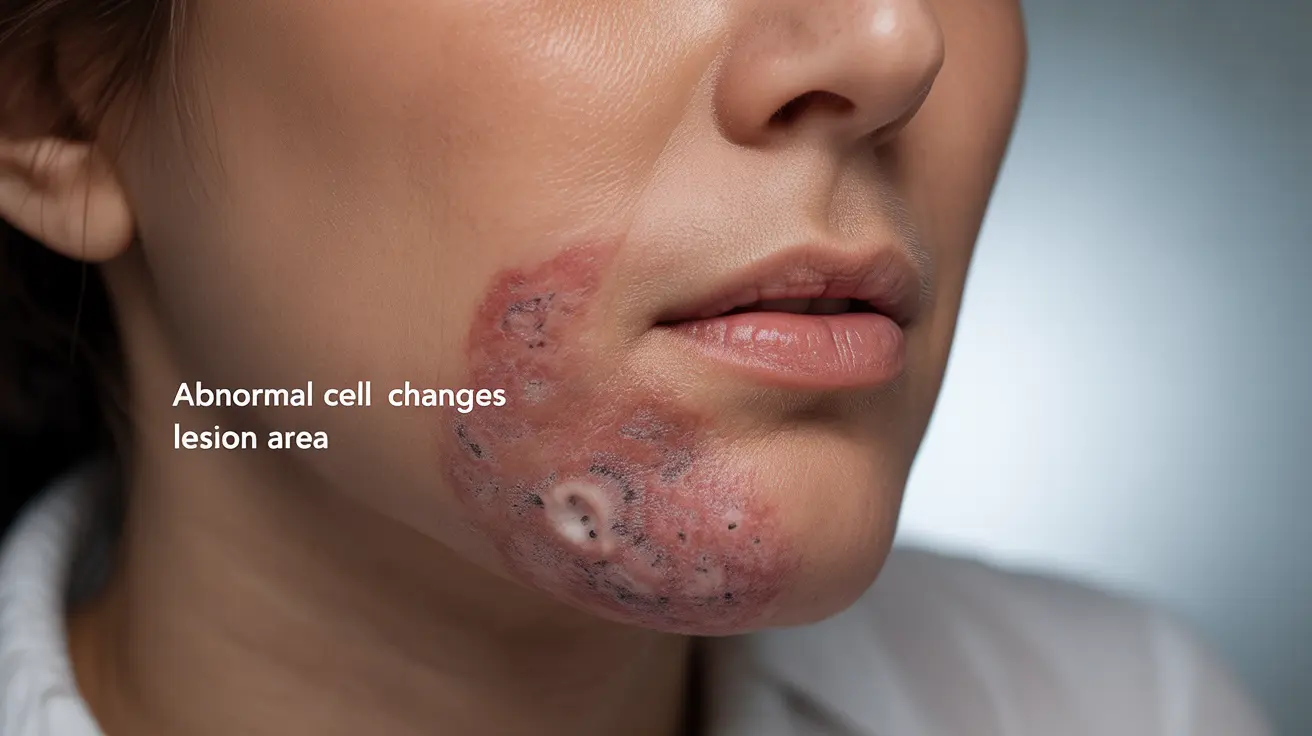Vulvar intraepithelial neoplasia (VIN) is a precancerous condition affecting the vulvar skin, the external part of the female genitalia. Understanding this condition is crucial for early detection and successful treatment, as it can potentially develop into vulvar cancer if left untreated. This comprehensive guide explores the essential aspects of VIN, including its symptoms, diagnosis, and available treatment options.
What is Vulvar Intraepithelial Neoplasia?
VIN refers to abnormal cell changes in the surface layer of vulvar skin. These changes are considered precancerous, meaning they have the potential to develop into cancer but haven't yet invaded deeper tissues. The condition primarily affects women of reproductive age but can occur at any age.
Signs and Symptoms
Recognizing the symptoms of VIN early is crucial for successful treatment. Common signs include:
- Persistent itching or burning in the vulvar area
- Visible changes in vulvar skin color (whitish, reddish, or darker patches)
- Raised or thickened areas on the vulva
- Small bumps or lesions that may appear warty
- Tenderness or pain in the affected area
- Burning sensation during urination if lesions are near the urethra
Diagnosis Process
Healthcare providers use several methods to diagnose VIN accurately:
Physical Examination
A thorough examination of the vulvar area is the first step in diagnosis. The doctor will look for visible changes in the skin's appearance, texture, and color.
Vulvar Biopsy
A small tissue sample is taken from the affected area and examined under a microscope. This is the most definitive way to diagnose VIN and determine its severity.
Colposcopy
This procedure uses a special magnifying device (colposcope) to examine the vulvar tissue in detail, helping identify abnormal areas that might need biopsy.
Treatment Options
Treatment for VIN varies depending on factors such as the severity of the condition, the patient's age, and overall health status. Common approaches include:
Medical Treatments
- Topical medications (such as imiquimod or 5-fluorouracil)
- Laser therapy
- Surgical excision
- Vulvectomy (in severe cases)
Monitoring and Follow-up
Regular follow-up appointments are essential to monitor the condition and ensure treatment effectiveness. These visits typically include physical examinations and may require additional biopsies if new symptoms develop.
Risk Factors and Prevention
Understanding risk factors helps in prevention and early detection. Key risk factors include:
- HPV infection
- Smoking
- Weakened immune system
- Previous history of cervical precancer or cancer
- Age (most common in women between 30-50)
Frequently Asked Questions
What are the common symptoms and signs of vulvar intraepithelial neoplasia (VIN)? The most common symptoms include persistent itching, burning sensation, visible skin changes (color or texture), raised areas, and occasional pain or tenderness in the vulvar region.
How is vulvar intraepithelial neoplasia diagnosed and what tests are involved? Diagnosis typically involves a physical examination, vulvar biopsy (the gold standard), and sometimes colposcopy. These tests help determine the presence and extent of abnormal cell changes.
What treatment options are available for different types of vulvar intraepithelial neoplasia? Treatment options include topical medications, laser therapy, surgical excision, and in some cases, vulvectomy. The choice of treatment depends on the severity, location, and extent of the condition.
What are the main risk factors that increase the likelihood of developing vulvar intraepithelial neoplasia? Main risk factors include HPV infection, smoking, compromised immune system, previous history of cervical precancer or cancer, and being between 30-50 years of age.
How can vulvar intraepithelial neoplasia be prevented and what lifestyle changes help reduce the risk? Prevention strategies include HPV vaccination, regular gynecological check-ups, practicing safe sex, quitting smoking, and maintaining a strong immune system through healthy lifestyle choices.




